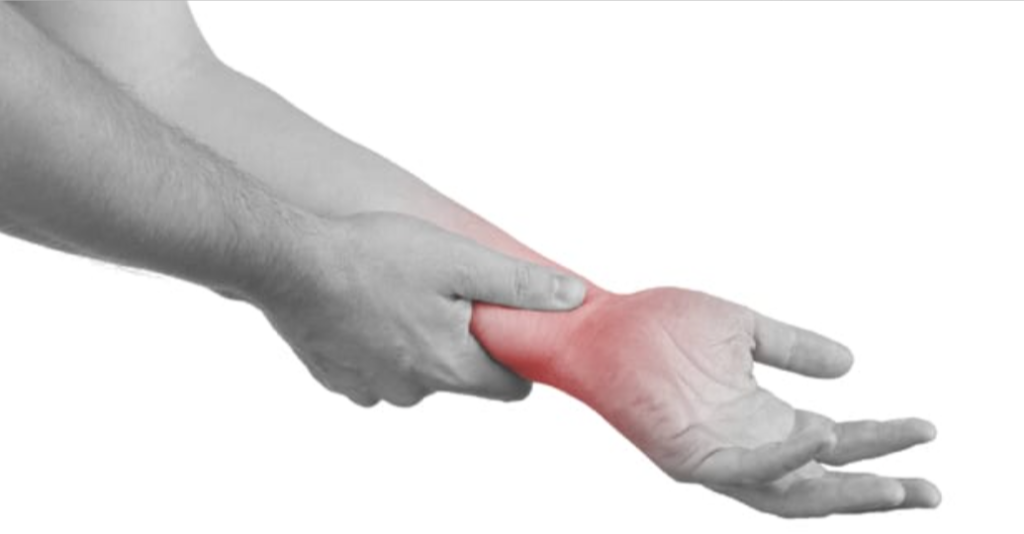Manual techniques refer to massage, deep tissue mobilization, and manipulation of the joints. These procedures are performed by chiropractors as a mainstay of their treatment. Several studies have shown that these techniques are helpful in reducing carpal tunnel symptoms. Sometimes scar tissue and tightness of the muscles of the forearms develop. Specific stretching exercises allow more flexibility of the wrist. Your wrist joints and the muscles that move the hand integrally link. Over time, disturbance in one system will affect the other area.
When patients have pain, you tend to move their wrists much less. Some patients even use braces and splints to reduce movement almost completely. This can be necessary for a few patients short term. Over time, it makes the muscles inflexible and progressively weaker. This can lead to a vicious cycle producing even greater pain, which makes you move less. This cycle needs to be broken in order to regain the function of the wrist again.
Managing Carpal Tunnel
To help manage carpal tunnel symptoms, it is important to mobilize the joints of the wrist and stretch the shortened muscles. It is also important to have a correct diagnosis before beginning treatment. Is the problem only in the wrist? A neck sprain makes the nerve that passes through the carpal tunnel more susceptible to pressure and inflammation. This is called the double crush syndrome because there is pressure on both the neck and the wrist.
Looking at your carpal tunnel symptoms in a more comprehensive way can address many of the quality of life symptoms you might be experiencing. Just covering up the pain with medications and restricting wrist movement doesn’t really seem practical. Taking large amounts of pain and anti-inflammation drugs over time can also cause undesirable side effects on the stomach, kidneys, and liver.
Manual Techniques
Chiropractors can diagnose the cause of your carpal tunnel symptoms. The examination may include x-rays that rule out certain diseases. X-rays can also check the alignment of the wrist bones and neck vertebrae. Sometimes, it’s the wrist that needs mobilization. In other cases, dysfunction in the neck may play a greater role in your symptoms. Adjunctive manual techniques include exercise, stretching, and deep tissue work. This combined approach can provide relief for many sufferers with this difficult problem.



